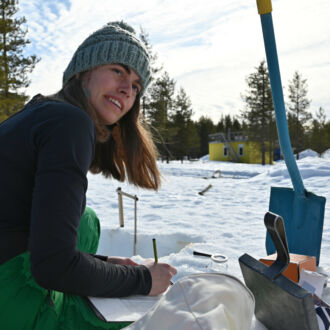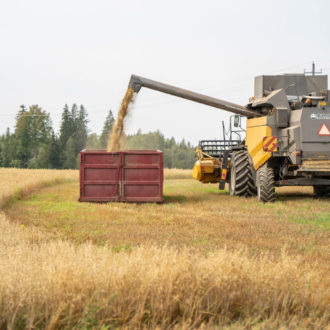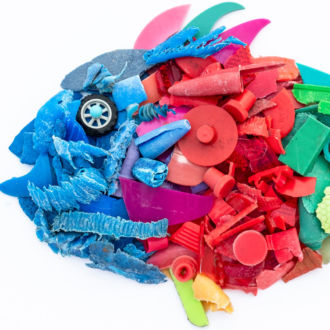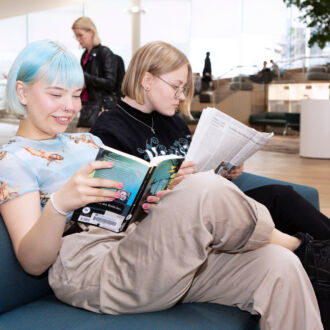We look at ambitious projects in Espoo, Helsinki, Lahti, Lappeenranta, Tampere and Turku.
Espoo
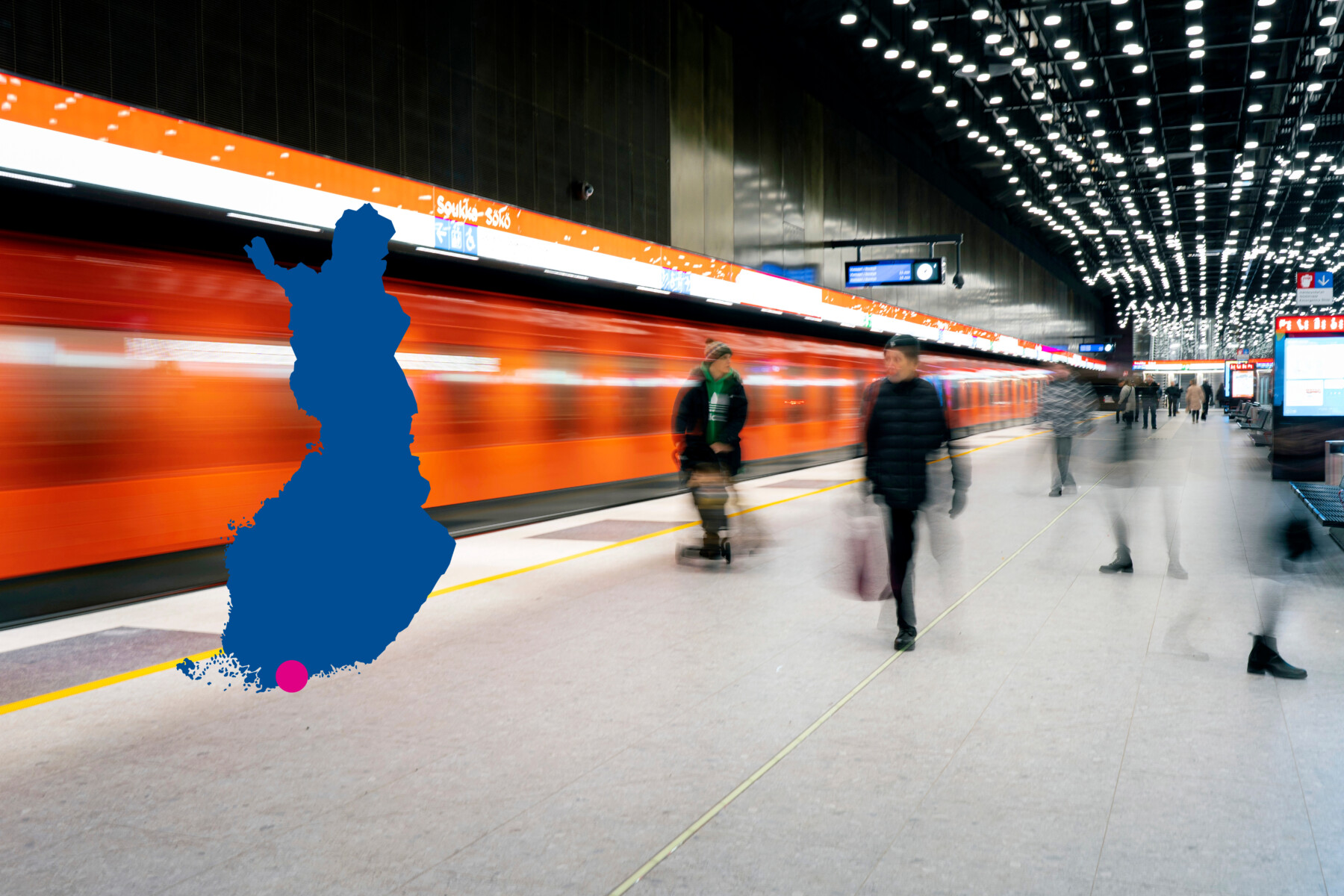
Photo: Elias Metsämaa/City of Espoo
The city of Espoo is prioritising energy and traffic solutions in its plans to become carbon neutral. It recently launched the Espoo Climate Watch website, which compiles the city’s climate actions, monitors their progress and evaluates their impact.
Fortum, a state-owned energy company headquartered in Espoo, is developing a next-generation district heating system. The production will largely be based on waste heat, heat pumps and electric boilers, including excess heat from Microsoft’s new data centres nearby.
A new light-rail line connects Espoo directly with northern and eastern Helsinki. At the time of writing, it is set to start running in late 2023 or 2024. In 2022, the capital region’s underground metro line opened five new stations in western Espoo.
Helsinki

Photo: Matti Pyykkö
The city of Helsinki is focusing its efforts on energy, construction and transport to become carbon neutral. Only buildings with top energy efficiency can be built on plots owned by the city. Soon, low-carbon concrete will be required in infrastructure projects.
Helen Ltd, the local energy company, is closing its coal-fired plants by 2025. Geothermal wells for private properties are allowed also in public areas – a special allowance compared to the rest of the country. The city advises housing companies on energy-saving renovations.
Helsinki is being developed as a polycentric network, where most journeys are made by public transport, by bike or on foot. Helsinki is transforming its bicycle network with best-practice infrastructure informed by examples from Denmark and Holland. The city aims to further reduce emissions from transport by conducting an analysis to find new means.
Lappeenranta
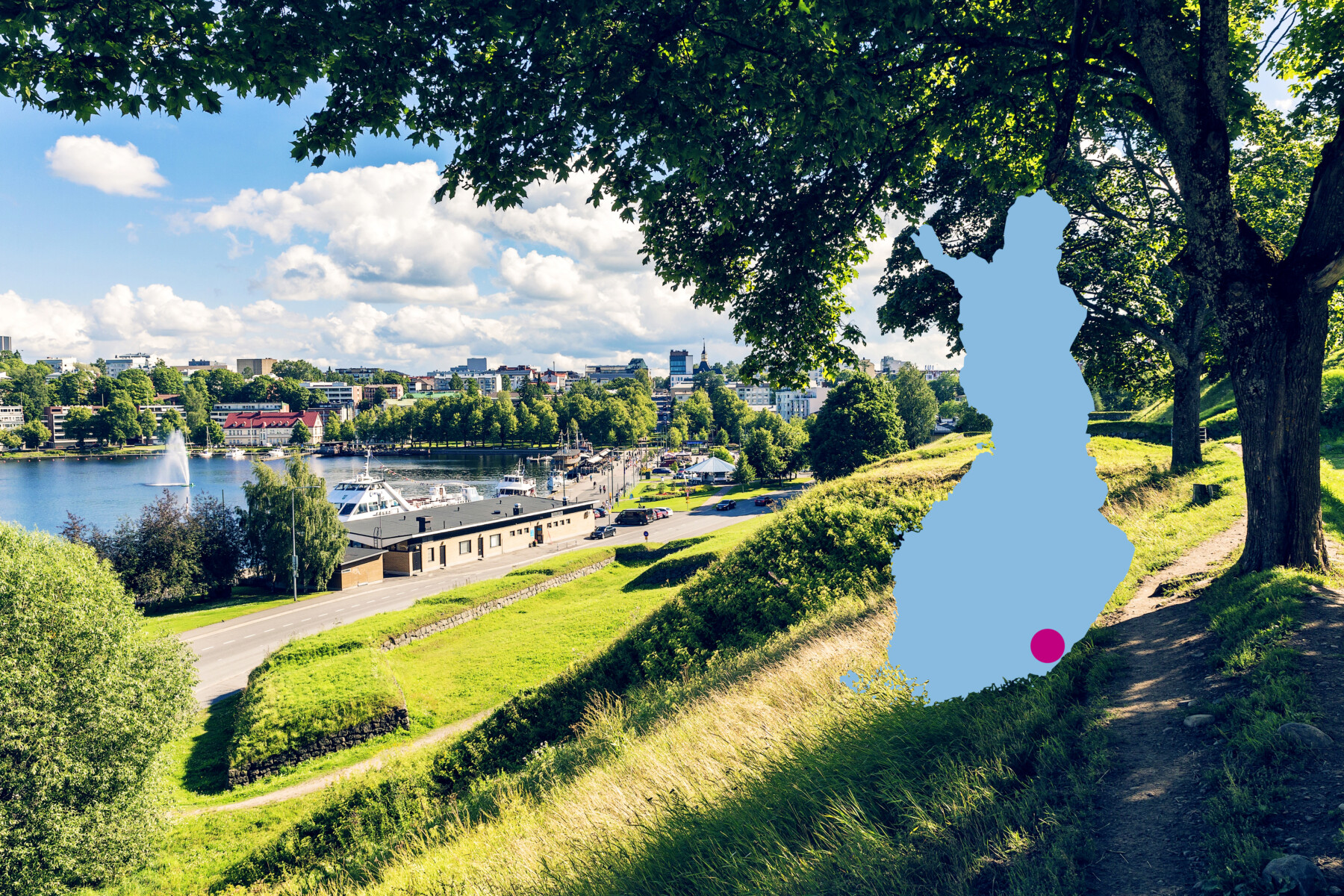
Photo: Mikko Lemola
The city of Lappeenranta is a testbed for global carbon-neutral solutions and cooperates closely with Lappeenranta-Lahti University of Technology and local companies.
The city stopped using natural gas for district heating in 2010 and is using sidestreams from the forest industry instead. Every city service, from education to sports facilities, uses green electricity. Lappeenranta is located on the shore of Lake Saimaa, and almost every inhabitant lives less than 100 metres from a green area.
Fuel company St1 plans to base Finland’s first green methanol production plant in Lappeenranta. Green methanol is a sustainable raw material for fuels and plastics. Forus, a company that finances energy investments, has plans to construct a 250 MVA solar power plant in Lappeenranta, producing enough electricity for 150,000 apartments.
Lahti

Photo: Lassi Häkkinen
Decision-makers in the city of Lahti have a long tradition of climate awareness. The local power company, Lahti Energy, has replaced coal with biomass. Residents favour heat pumps over oil heating.
In transport, Lahti Energy and Nordic Ren-Gas are studying the feasibility of a Power-to-Gas project that will include the production of green hydrogen and renewable methane that can be used by heavy road vehicles.
Lahti has a significant electric transportation cluster, with more than 30 businesses developing technologies for decarbonising transport. The city also encourages residents to cycle and walk by highlighting the health benefits and developing the main cycling network. Lahti has also launched a city bike system.
Tampere
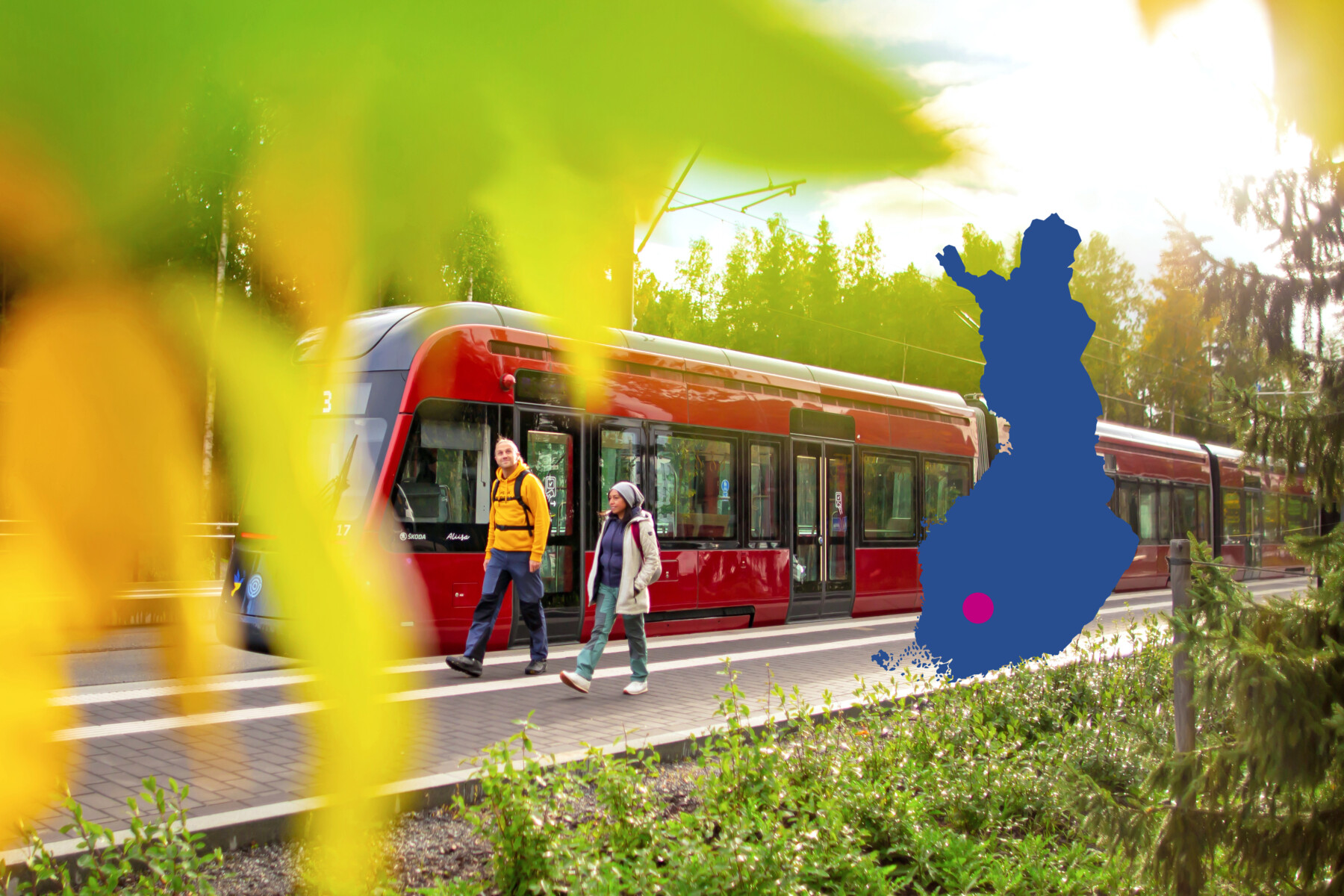
Photo: Laura Vanzo/Visit Tampere
The city of Tampere showcases its climate actions and their impact on the Tampere Climate Watch website, making it easy for locals, partners and others to follow up.
Tampereen Sähkölaitos, the city-owned power company, is continuing to invest in renewable energy. It recently inaugurated Naistenlahti 3, a bioenergy plant producing heat and electricity mainly out of woodchips and other sidestreams from the forest industry.
The city encourages residents to adapt their traffic and consumption habits according to the opportunities in their residential areas. Developments include the opening of the city’s first tram system, in 2021, and new cycle lanes.
Tampere is trying to stimulate a circular economy in cooperation with local companies. An example is the procurement guidelines for roadwork, which include using recycled materials.
Turku
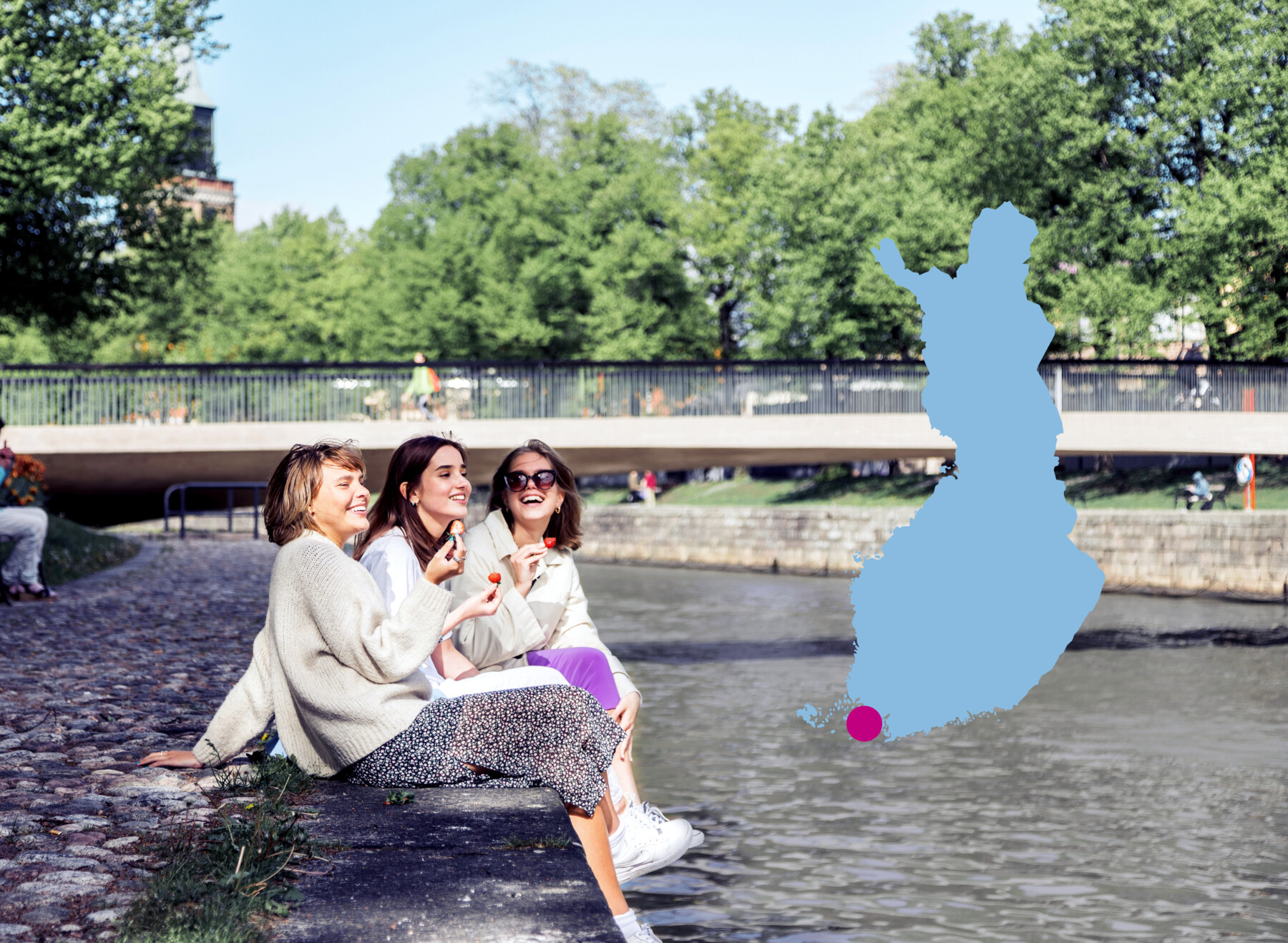
Photo: Terri Vahtera/Visit Turku
The city of Turku encourages locals to make climate-friendly choices by offering them carbon-neutral district heating and electricity, public transport and climate-friendly rental housing.
Coal has already been replaced with renewables. A large proportion of district heating is produced by heat recovery from wastewater. The city is turning the Student Village District and Campus into an energy-positive area, with solar power plants, geothermal fields and heat pumps.
For example, the city cooperates closely with all five local universities and with companies. The Promise, a movie made in Turku in 2020, was one of the world’s first carbon-negative film productions. In the production, travelling was limited to Finland, costume design was based on recycled clothes and materials, and only electric and hybrid cars were used.
By Katja Alaja, ThisisFINLAND Magazine 2023

